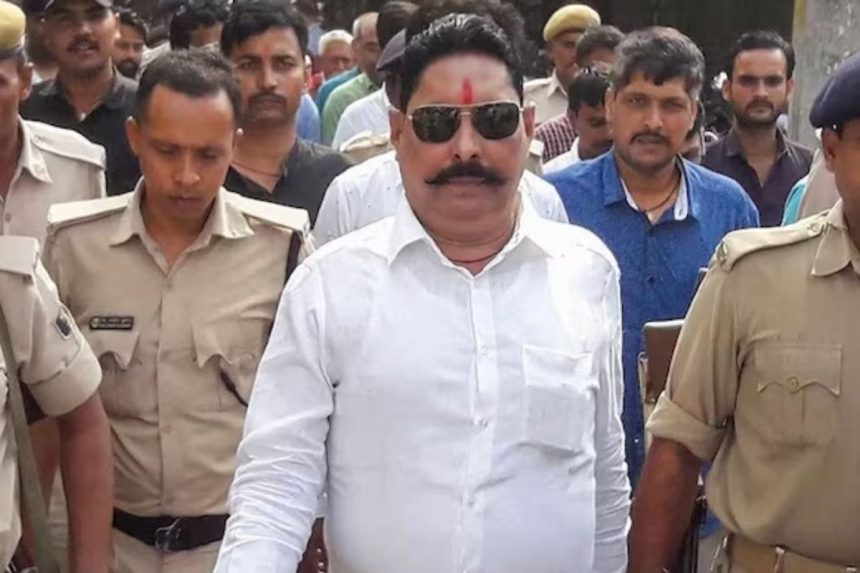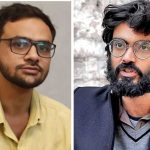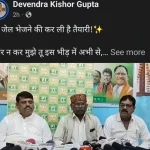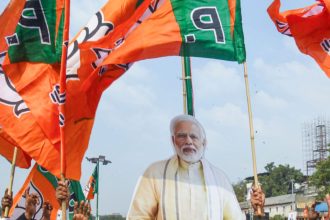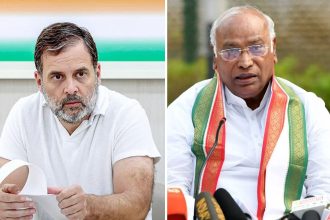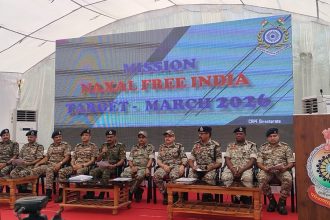The news around the arrest of JDU strongman and noted crime lord Anant Singh is deeply problematic.
Firstly for the absolute lawlessness demonstrated by the broad daylight murder of the opposition Jan Suraj party leader Dularchand Yadav by Anant Singh and his family members. Secondly and more importantly the news that he was arrested with his consent.
The police even during the model code of conduct being in force, couldn’t register an FIR until evidence piled up and the ruling set up couldn’t ignore it any longer.
The political and social discourse, with days left before polling starts, is hardly critical of the act, the person or the system. Such is the state of normalization of crime and extrajudicial authority.
Even such a gruesome incident, in face of social media penetration to the last village, a far more powerful state apparatus and urban landscape, doesn’t invite the tag of “jungle Raj”.
The crime records after 20 years of ‘Sushasan’ are not flattering at all. Incidents of kidnapping and robbery have been making news but not headlines, as they did before 2005.
Reports of falling bridges and absent hospitals are underplayed. Bihar continues to linger at the bottom of the list of states in terms of development, growth and income and is still the center of migrant labor. Still the period is called ‘Sushasan’.
The 15 year long Lalu rule from 1990 is called jungle raj, due to the alleged spike in crime, caste wars and corruption. The mass scale of cheating in examinations (not required now as exams are no longer held due to paper leaks) and criminals occupying elected office.
Crime was perceived as the hegemony of upper caste feudal domination was challenged and a string of subaltern outlaws emerged. The rising social and political consciousness amongst the backward and scheduled castes, had led to a stage of such confrontation.
The university hostels were divided in caste lines and violent turf war was common. Large scale massacres like the laxmanpur bathe massacre of 1997 where 58 Dalits were killed and senari massacre of 1999 where 34 upper caste bhumihars were killed, were regularly reported.
Some say around a hundred such incidents took place over the last decade of the previous century. Armed groups and militias like the Ranbir Sena and MCC were seen openly recruiting and operating.
This struggle legitimized many ‘social bandits’ who entered politics and won elections. And then as liberalization brought cash flow with urbanization and the communication revolution reduced remoteness, media narrative worked and Lalu was evicted from power.
It’s been 20 years. The JDU base of EBCs and mahadalits formed a coalition with the upper caste base of BJP. This eased the class and caste struggle by making it more complex.
The binary was not direct, and class mobility also became complex. The hierarchy- patronage system was redesigned and the chasm between the subaltern exploited.
The question is can the youth, who have no direct memory of Lalu rule, see past the media and WhatsApp painted picture.
Can they raise the more fundamental questions of true emancipation and development. Elections are moments of sublation in the grand social dialectics of complex societies.


